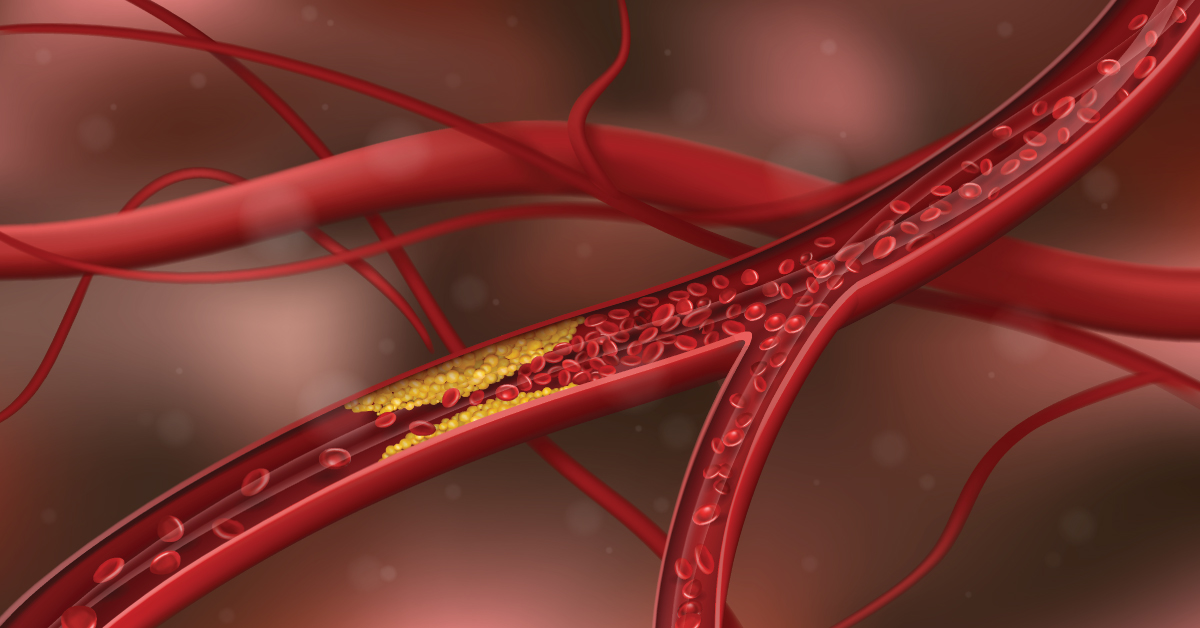Of all the nutrients our bodies need, vitamin D is the only one produced by sunlight. Let’s learn more about the sunshine vitamin, as it’s called.
The role of vitamin D
First, what is vitamin D, and why do our bodies need it? One of vitamin D’s most important roles is to help the body absorb calcium and phosphorus, the building blocks we need for growing and maintaining strong bones and teeth. Without vitamin D, the body is unable to absorb calcium. This is especially important for older women because it can help prevent osteoporosis and protect them from bone fractures.
In addition to bone health, vitamin D supports other essential functions in our bodies, including the following:
- Immune health
- Muscle contraction and movement
- Nerve connections to the brain
Some research studies suggest that vitamin D may help protect us from infections, cancer, cardiovascular and respiratory diseases, diabetes, and dementia.
Getting enough vitamin D
According to the National Institute of Health, the daily recommended intake of vitamin D is based primarily on age.
| Life stage | Recommended amount Micrograms (International Units) |
|---|---|
| Birth to 12 months | 10 mcg (400 IU) |
| Children 1–13 years | 15 mcg (600 IU) |
| Teens 14–18 years | 15 mcg (600 IU) |
| Adults 19–70 years | 15 mcg (600 IU) |
| Adults 71 years and older | 20 mcg (800 IU) |
| Pregnant and breastfeeding teens and women | 15 mcg (600 IU) |
When we don’t get enough vitamin D
When your body does not get enough vitamin D, it can’t absorb the calcium and phosphorus it needs. Bones can soften (osteomalacia), become thin and brittle, and more likely to fracture. Symptoms may include fatigue, bone pain, muscle weakness, aches or cramps, and mood changes. Children with severe or prolonged vitamin D deficiency can develop rickets, a softening or weakening of the bones. Untreated, children can experience skeletal deformities such as bowed legs.
Certain medical conditions can contribute to vitamin D deficiency, including cystic fibrosis, Crohn’s disease, celiac disease, obesity, kidney disease and liver disease. Weight loss surgery can make it difficult for your body to absorb certain nutrients, including vitamin D. Medication can also impact vitamin D levels. Among these are laxatives, steroids, and cholesterol-lowering drugs.
A blood test can be used to determine vitamin D levels. Your primary care provider can request this; however, insurance policies vary on coverage and medical necessity.
How much is too much?
Generally, vitamin D supplementation is considered safe. According to the National Academy of Medicine, the “tolerable upper intake level” (UL) for vitamin D is 100 mcg (4000 IU) daily for healthy adults, pregnant and lactating women and children 9 to 18 years. The UL for infants and children up to nine years old is lower. For people taking more than 100 mcg daily (4000 IU), their risk for vitamin D toxicity increases. Those people requiring higher doses due to medications, malabsorptive issues, or other reasons should be monitored more closely.
Sources of vitamin D
- Food – Unlike many other nutrients, vitamin D is not found in many foods unless it has been added. Milk, yogurt, orange juice and cereal are often fortified with vitamin D. However, fatty fish like salmon, mackerel, and sardines are good sources of vitamin D, as is fish liver oil. For vegans, plant-based milk made from soy, oats or almonds is often fortified with vitamin D
- Sunshine – Our primary source of vitamin D is sunlight. When exposed to the sun, our skin produces vitamin D. If you live close to the equator with the best exposure to the sun, you’ll make plenty of the nutrient. However, in the northern hemisphere and here in Minnesota, our exposure to sunlight is much more limited.
According to Harvard Medical School, the skin makes little, if any, vitamin D from the sun at latitudes above 37 degrees north (in the United States, the shaded region in the map) except during the summer months. Individuals are at a greater risk for vitamin D deficiency in these areas.
During summer months, when Minnesotans are finally exposed to enough sunlight to create their own vitamin D, we often protect our skin with sunscreen, which, unfortunately, prevents the skin from making vitamin D.

- Nutritional supplements – When our diets don’t give us enough vitamin D, and we have limited exposure to the sun, we turn to supplementation. A multivitamin can provide the correct daily dose of vitamin D and other vital vitamins and minerals.
Vitamin D supplements come in two forms, vitamin D3 and vitamin D2. Both increase levels of vitamin D to combat deficiency. Vitamin D3 is more active and more effective. Vitamin D2 is plant-based and the choice for vegetarians and vegans.
Check with your Family Medicine provider or pharmacist at the Mora Community Pharmacy or Pine City Community Pharmacy with questions about the best supplement for you.














